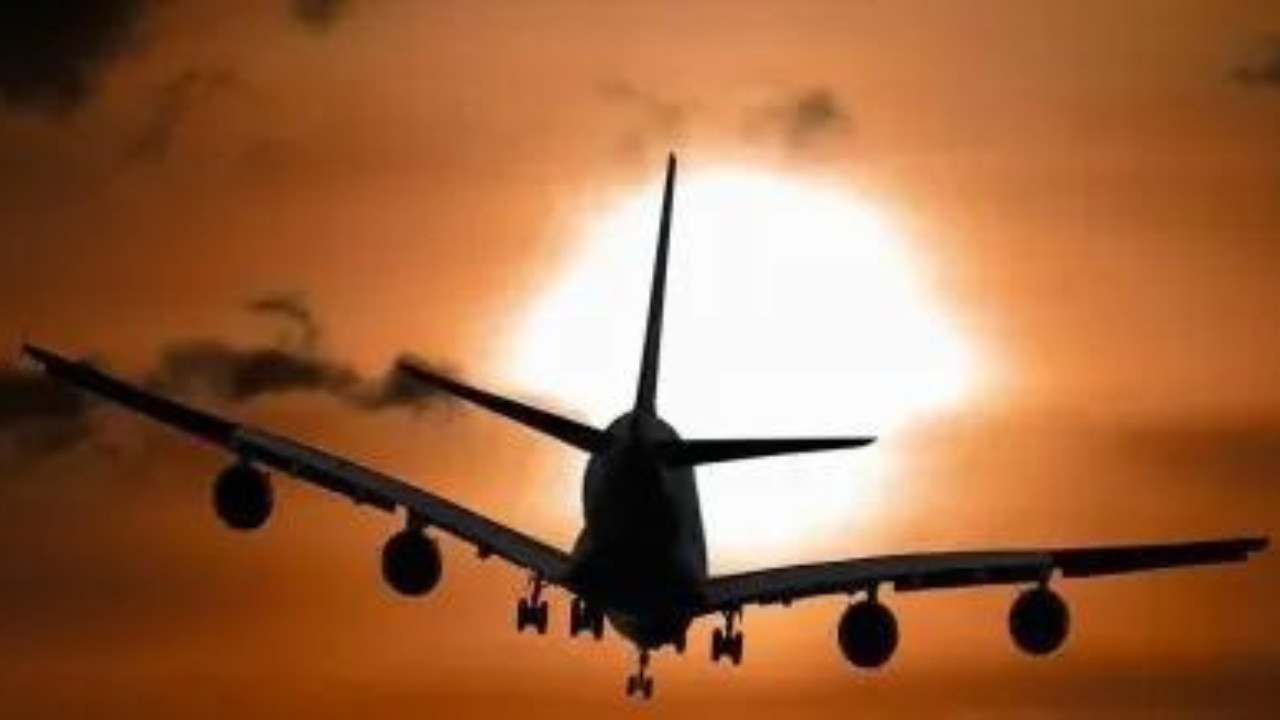India’s aviation sector is experiencing robust growth due to enhanced connectivity and improved airport infrastructure, according to IATA. The nation shows promise in sustainable aviation fuel (SAF) production, potentially starting in 2026. While challenges like high operational costs persist, the sector significantly contributes to India’s economy, supporting millions of jobs and billions in GDP.
India’s Aviation: Buckle Up, It’s About to Take Off
Okay, let’s talk about flying. Not the dreaded-legroom-and-questionable-snacks kind, but the big picture kind. The kind that involves airports, routes, and the overall health of the Indian economy. Because, frankly, things are looking pretty darn good up there.
I recently stumbled upon a piece highlighting IATA’s (that’s the International Air Transport Association, for those playing at home) optimistic outlook on Indian aviation, and it got me thinking. We’ve all seen the headlines about booming domestic travel, packed airports, and the occasional (hopefully soon to be rare) chaotic delays. But what’s really going on beneath the surface?
According to the IATA, India’s aviation sector is not just rebounding; it’s strengthening. This isn’t some fleeting post-pandemic blip. It’s driven by solid fundamentals: increased connectivity and significant investments in airport infrastructure. Translation: more routes connecting more places, and better, bigger airports to handle the growing crowds.
Let’s unpack that a little, shall we?
For years, one of the biggest gripes about traveling in India was the limited options. You wanted to fly from, say, Jaipur to Coimbatore? Good luck with that. Often, you were forced to connect through a major hub like Delhi or Mumbai, adding hours (and frustration) to your journey. Now, with the government’s focus on regional connectivity – remember UDAN, the Ude Desh ka Aam Naagrik scheme? – things are starting to change. Smaller cities are getting more air links, making travel easier and boosting local economies in the process. This isn’t just about convenience; it’s about access and opportunity.
Think about it: faster travel times mean businesses can expand more easily. Tourists can explore new destinations. Students can access better educational opportunities. The ripple effects are significant.
And then there’s the airport infrastructure. It’s no secret that some of our airports have been… well, let’s just say they weren’t exactly designed to handle the current volume of passengers. But that’s changing rapidly. We’re seeing massive expansions, new terminals, and upgrades to existing facilities. Look at the new airports popping up across the country – Navi Mumbai, Goa’s Mopa, and the ambitious Jewar Airport near Delhi. These aren’t just vanity projects; they’re essential investments in the future of Indian aviation.
But here’s where I want to inject a little dose of reality. While the IATA paints a rosy picture (and rightfully so, in many respects), we can’t afford to get complacent. Growth brings challenges. We need to ensure that this expansion is sustainable, both environmentally and operationally.
Think about air traffic control. As the number of flights increases, the pressure on air traffic controllers intensifies. We need to invest in modernizing our air traffic management systems to ensure safety and efficiency.
And what about the environmental impact? Aviation is a significant contributor to carbon emissions. We need to explore sustainable aviation fuels (SAF), invest in more fuel-efficient aircraft, and implement other measures to reduce our carbon footprint. This isn’t just about being environmentally responsible; it’s about future-proofing the industry.
Furthermore, the price wars are still a thing. The race to the bottom when it comes to ticket prices, while beneficial for consumers in the short term, can squeeze airline profitability and potentially compromise safety standards in the long run. Finding a healthy balance between affordability and sustainability is crucial.
Despite these challenges, the overall trajectory is undeniably positive. India’s aviation sector is poised for significant growth in the coming years. The combination of increased connectivity, improved infrastructure, and a growing middle class with a penchant for travel is a powerful force.
So, the next time you’re at the airport, take a moment to appreciate the sheer scale and complexity of what’s happening around you. It’s not just about getting from point A to point B. It’s about connecting people, driving economic growth, and shaping the future of India. The future looks bright, and the sky’s the limit. Now, if we could just get a little more legroom…
📬 Stay informed — follow us for more insightful updates!







